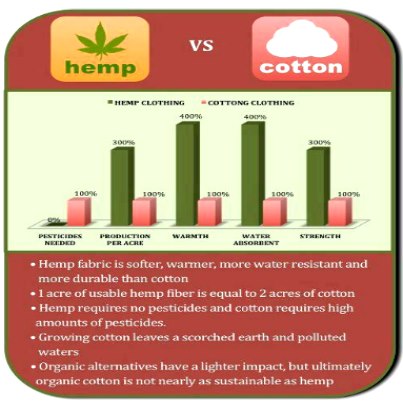Source: rrobserver.com
Almost 35 percent of the pesticides applied to cotton in the world are applied in cotton fields in the United States.
Close to $3 billion worth of pesticides are used on cotton worldwide each year, according to the Pesticide Action Network, and sales and uses of the product are increasing. Worldwide, cotton plays a vital role in the economies of several dozen countries.
Many of the pesticides used on cotton have been implicated in human cancer, water contamination, soil degradations and the killing off of various animals.
In 1991, a train loaded with Metan sodium, used as a soil sterilant before planting cotton, derailed and spilled its contents into the Sacramento River, resulting in the death of every living organism in the river for 40 miles.
A few years later, heavy rains washed the chemical Endosulfan from cotton fields and into Big Nance Creek in Alabama and killed almost a quarter of a million fish.
On the other hand, there is a product that is much more efficient and much more valuable than cotton. That product is industrial hemp: a variety of Cannabis sativa, a tall annual herb of the mulberry family, native to Asia. Industrial hemp is not marijuana (Cannabis indica), as they are two different species of plants. Hemp does not possess any psychoactive qualities as it doesn’t possess the necessary THC to get a buzz.
Colonists brought hemp seed with them to America and it was extensively grown for “homespun.” During World War II, hemp was subsidized by the government to be used for fiber and rope. Industrial hemp continued to be harvested in the U.S. up to the 1950s, when the lack of common sense took over in the government.
Using hemp instead of cotton would result in the use of 25 percent less pesticides than are currently being applied to our environment. Enormous numbers of trees would not have to be destroyed. Cotton growing is probably the largest polluter on the planet in terms of releasing pesticides into our environment since cotton occupies only l3 percent of the world’s farmland, yet demands 25 percent of the pesticides used. The chemicals go into the groundwater and poison not only the target insects but non-target organisms as well, including humans.
Hemp, on the other hand, has long been considered a weed, but it does not require pesticides to grow. Unfortunately, it is illegal to grow hemp in most states because of ill-informed politicians who lack common sense.
Hemp seed is more nutritious than soybeans, contains more essential fatty acids than any other source, and is second only to soybeans in complete protein. Further, hemp seed is high in B vitamins, is 35 percent dietary fiber and does not contain THC like its relative, the marijuana plant. Hemp fiber is longer, more absorbent and more insulative than cotton fiber.
According to the U.S. Department of Energy, hemp is a biomass fuel producer requiring the least specialized growing and processing of all plant products. The hydrocarbons in hemp can be processed into a wide range of biomass energy sources, from fuel pellets to liquid fuels and gases. Obviously, development of biofuels could significantly reduce our consumption of fossil fuels and nuclear power.
Hemp also produces more pulp per acre than timber on a sustainable basis, and can be used for making every quality of paper. Moreover, hemp paper manufacturing would reduce wastewater contamination.
By using hemp instead of cotton, we could reduce our pesticide usage by 25 percent as well as not having to destroy countless numbers of trees. It is apparently forgotten that all herbs, including hemp, have their uses and that we were given all of the means we need on this Earth to live a good, healthy life.
Another option is organically grown cotton. No pesticides, fertilizers or defoliants are used in growing organic cotton. Organic solutions such as using compost, manure, naturally derived minerals and crop rotation eliminate the need for dangerous chemicals. Organic cotton can also be bred in different colors to eliminate the need for dye. It comes in a range of earth tones, such as rust, cream, browns and greens.
Chemically dependent cotton is no longer necessary and we should seriously look into increasing our yield of organic cotton and using industrial hemp. Growing cotton with pesticides and fertilizers certainly has more negatives than positives, and if we want to live in a healthy environment, we need to re-evaluate our priorities on what we are growing.


No comments:
Post a Comment